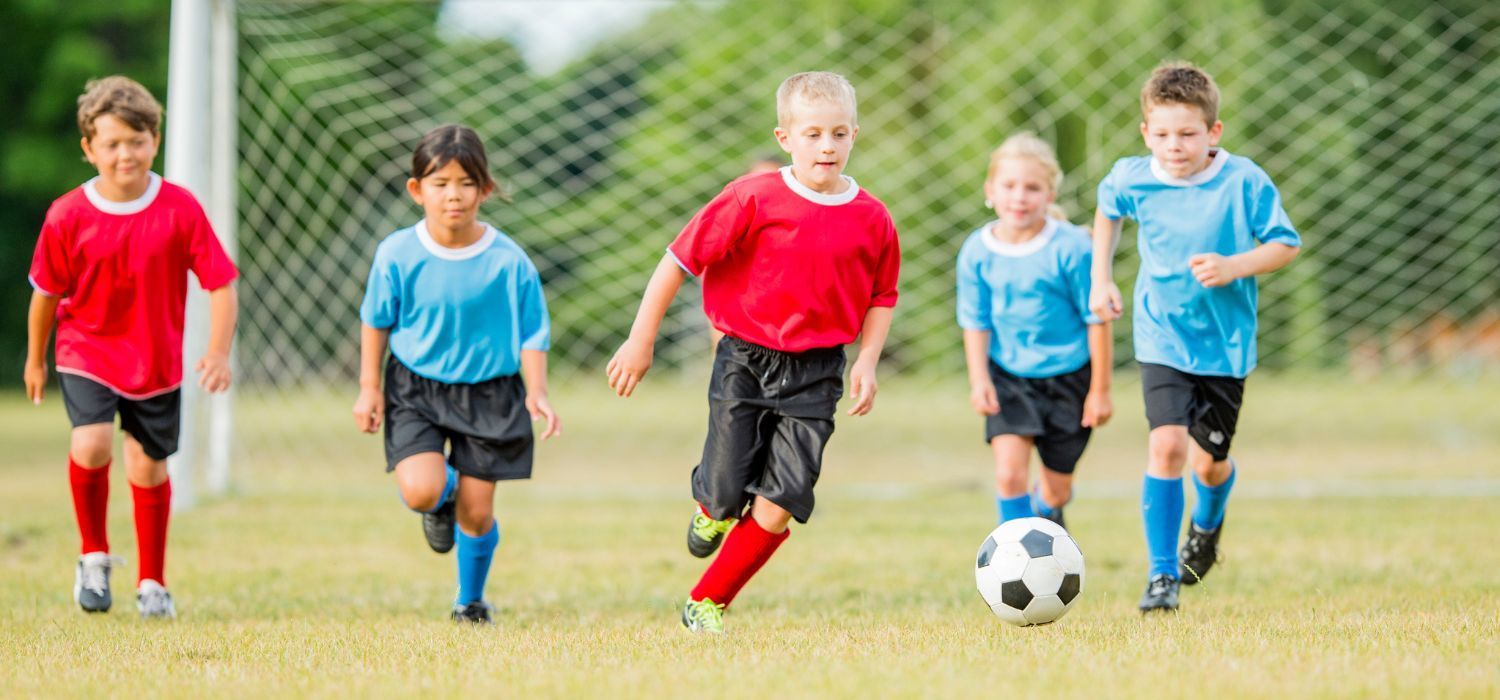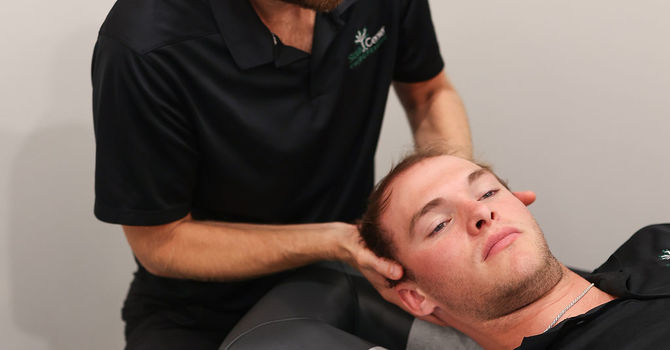
Parents encourage their children to pick up a sport or two to develop personal character, teamwork, perseverance, and other valuable life skills. While sports provide a healthy activity for personal development and fitness, the rise of obesity and lack of physical activity in school-aged students, particularly American high school students, make engaging in healthy physical exercise even more important.
Youth sports specialization is defined as engaging in a single sport for at least three seasons a year without other sports. Early sports specialization occurs in children under the age of 12. While specialization can lead to several notable benefits, such as recognition of college and professional coaches, the chance to attend prominent training academies, personal development of perseverance and time management, and an improvement in athletic skills and performance within a chosen sport, there can be too much of a good thing.
Intense focus on a single sport, largely driven by parents and coaches, can lead to a young athlete developing both injury and burnout. Almost 55% of parents encourage their children to specialize in a single sport. The number of hours of vigorous, repetitive athletic activity is just as large a risk factor for injury as sport specialization, if not greater. This is especially true for female athletes, who are more physically impacted by long repetitive hours devoted to sports than male athletes. That’s not accounting for additional factors contributing to overuse injuries, such as poor technique, inappropriate equipment, improper training methods, poor conditioning, prior injury, and more.
A series of studies in the Journal of Athletic Training were performed to evaluate the effects of being a specialized athlete at a young age. The results? Focusing on one sport increases the risk of major, career-threatening injury later in life. And predictably, the type of injury accumulated from long periods of sustained, repetitive wear-and-tear on the body correlated with the sport.
The strongest argument against sports specialization is the idea of building overall athleticism before honing laser-sharp athletic focus. Encouraging young athletes to foundationally move well before they move more and at higher intensities is the key. The focus is to encourage overall movement until the young athlete is developmentally ready to learn sport-specific skills, and physical maturation will grant the required strength and speed to succeed at a specific sport.
Early sports specialization also creates a lack of cross-trained foundation, inhibiting the body’s natural capacity for adaptation and leaving young aspiring athletes more prone to injury. Multiple sports build fundamental motor skill development, which should be trained to succeed in sports activities such as running, jumping, kicking, and throwing.
Two-time NBA MVP Stephen Curry advocates that children and adolescents should not specialize in a single sport too soon. “Because… you might be better (than your peers) at any certain sport, you might feel comfortable in that space, and that zone. But you don’t get to push yourself, you don’t get to test yourself and how you deal with failure and success,” Curry said.
At Sioux Center Chiropractic in Sioux Center, Iowa, we believe that variety is the spice of life and is good for your body, too. It is important to vary training and avoid repetitive activities that can physically stress an athlete’s body. Many options exist while resting from a specific sport, such as replacing overtraining with strength and conditioning. This can enhance overall health and provide an opportunity for injury prevention and rehabilitation, improve body composition, and increase bone health. This can also lead to better outcomes concerning athletic performance as it avoids staleness or unexpected long-term decreases in performance without evidence of injury.
Sport diversification is key in helping to prevent injury and burnout in young athletes. Introducing other sports and activities can help with overall development and prevent overuse injuries. Additionally, cross-training can also help young athletes develop a new set of skills and muscles that can help with their primary sport.
It's important to remember that while sports specialization can improve performance in a specific sport, it's not always necessary for success. Many professional athletes played multiple sports in their youth, and research has shown that early sports diversification can lead to higher levels of achievement in the long run.
Sports specialization can benefit young athletes in terms of developing skills and personal character and leading to recognition by collegiate or professional coaches. However, it's important to remember the risks of injury and burnout that come with an intense focus on a single sport. Parents, coaches, and young athletes should consider the benefits of cross-training and sport diversification, which can improve overall athleticism and reduce the risk of injury.
Sioux Center Chiropractic is committed to improving the health and wellness of individuals of all ages, including young athletes. Dr. Tyler's extensive background in sports medicine as a Certified Chiropractic Sports Physician (CCSP) makes him an excellent choice for young athletes in need of chiropractic services. With our expert care and advice, young athletes can recover from injuries and maintain optimal physical health to prevent future injuries. We hope this blog has provided valuable insights into the benefits of chiropractic care for young athletes. If you have any questions or want to learn more about our services, please do not hesitate to contact us.
References
1. Hainline, B. (2019) Early Sport Specialization: Shifting Societal Norms. Journal of Athletic Training: October, Vol. 54, No. 10, pp. 1011-1012.
2. “The growing trend of youth sports specialization.” Posted Mar 6, 2018. PR Newswire for the American Academy of Orthopedic Surgeons. Retrieved Feb 2020 from: https://www.prnewswire.com/
3. “The dangers of youth sport specialization and the benefits of diversification.” Posted May 20, 2019. Global Sports Development. Retrieved February 2020 from: http://
4. Newman, L. “Studies: Sports specialization at young age increases risk of career-threatening injury.” Posted Oct 22, 2019. USA Today High School Sports. Retrieved February 2020 from: https://usatodayhss.com/2019/
5. Caruso, T.H. (2013) Early sport specialization versus diversification in youth athletes. National Strength and Conditioning Association. December, Vol. 2, Issue 4. n.p.
6. Kutz, M, and Secrest, M. Contributing factors to overtraining in the adolescent multi-season/sport athlete. Strength and Conditioning Journal 31(3): 37-42, 2009.
7. Holt, J.B., et al. (2020) Progressive elbow magnetic resonance imaging abnormalities in Little League players are common: a 3-year longitudinal study. Am J Sports Med. 2020 Feb;48(2):466-472.
8. Interview with Stephen Curry with Stack. “Steph Curry says playing multiple sports gave him confidence to be an MVP.” Posted Feb 15, 2018. Retrieved Feb 2020 from: stack.com/a/steph-curry-says-





